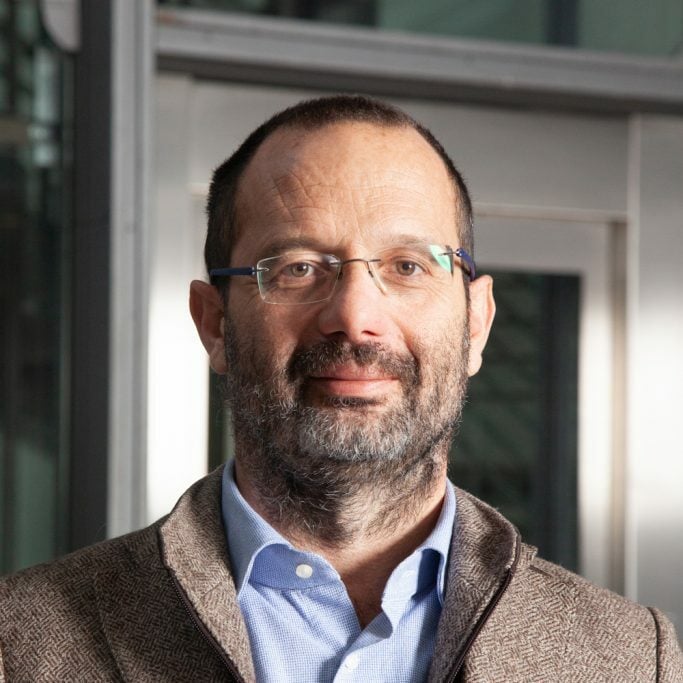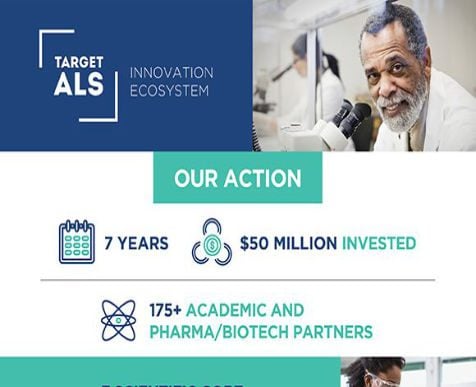
The ALS Association reports that at least 16,000 people in the U.S. have the disease at any given time, and more than 5,000 Americans are diagnosed each year.
Anecdotal evidence shows that upon diagnosis, most of those patients and their family members immediately start searching for information and help, desperately seeking something — accurate and scientific data about the disease, a community walking the same path on which they’re set to embark and, of course, hope for the future.
For many patients that search begins with ALS News Today.
Understanding this responsibility to the ALS community and as a credible source of information, Benn and her team go to great lengths to ensure the validity of content featured on ALS News Today. Their stringent process includes expert-level fact-checking that always takes place prior to posting.
“We vet all the information coming to us very carefully and make sure that the science is sound and supported by facts,” said Kellie Benn, editor-in-chief of ALS News Today parent company BioNews Services. “We have Ph.D. science writers and editors who are very well-versed in determining the accuracy of a source and prioritizing it accordingly. If we can help inform people affected by the disease and give them a community to lean on, that can make the journey a lot less scary.”
In the course of our conversation, Benn recalled an acquaintance — a pillar in the local horse community and a friend of Benn’s mother — whom she met a few times before ALS took the woman’s life. Benn told Target ALS that she regularly finds herself thinking of that acquaintance as she’s making editorial decisions on the type of content to run on ALS News Today.
It should come as no surprise that people with ALS (pALS) and their loved ones often seek out published research. The goal of these queries? Sourcing news on advancements toward a cure, but also tidbits on disease-modifying therapies that treat the underlying cause and not just the symptoms. Though effective treatments for the disease are still being pursued, Benn is optimistic about the future.
“There is still much work to be done, and it can feel daunting, but I also see some glimmers of hope that we may be moving closer to a cure.”
That optimism permeates throughout BioNews Services, Target ALS and many others within the industry.
“I think we all find comfort in the fact that we are playing a small part in helping people with ALS be empowered and stay connected,” Benn said of her digital news team. “Our mission is extremely important to us, and it is the focal point of everything we do.”
In addition to reports on treatments, the other most widely-read ALS news involves pieces focusing on patients maintaining self-sufficiency, as well as authentic first-person narratives penned by pALS or family members. Benn spoke of the courage mustered by pALS who contribute content describing in detail their own painful experiences, referring to them as “heroes in my eyes.”
“They are willing to share their daily struggles and successes, and their words have a tremendous impact,” she said. “They give others hope and the knowledge that they are not alone in what they are going through.”
Covering a disease where so much remains unknown can certainly be a challenge. Because the cause of ALS is still unclear, or why certain people develop it, it’s critical that those in the community have access to updates on the things that we do know.
And sometimes, that content is more about kinship and expressing how patients feel emotionally versus what they feel physically.
“More than anything, patients want to be seen and heard,” Benn added. “Especially in these uncertain times, they want to know that people are looking out for them, that they belong to a community that cares, and that there’s somewhere they can go to get answers.”
For more information and to stay up-to-date on the latest stories from ALS News Today, visit www.ALSNewsToday.com.






